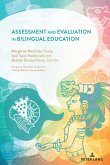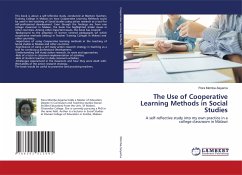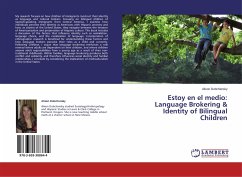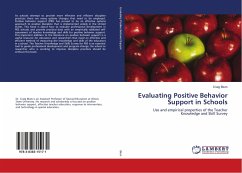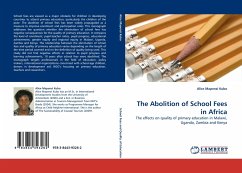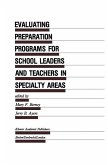The subject of best practices continues to lead debate on bilingual education, especially in the developing world where education systems were predominantly modelled on pre-independence policies. In Malawi's transitional bilingual education programme, there are plans to incorporate 12 major indigenous languages as media of instruction at the primary school level. Along this line, this study analyses the pedagogical needs related to bilingual education of two primary schools in Malawi. Specifically, the research examines the classroom practices, teaching strategies, curriculum standards, teacher-training needs and roles of key players at the two schools. The study uses classroom observations and four questionnaires to analyse these pedagogical practices basing on two major theoretical frameworks: Cummins (1986) four major characteristics of successful bilingual schools and Cloud, Genesee and Hamayan's (2000) critical ingredients of bilingual education. The analysis highlights somebest practices required in bilingual education, and would particularly be useful to educationists, policy-makers and postgraduate linguistics students.



